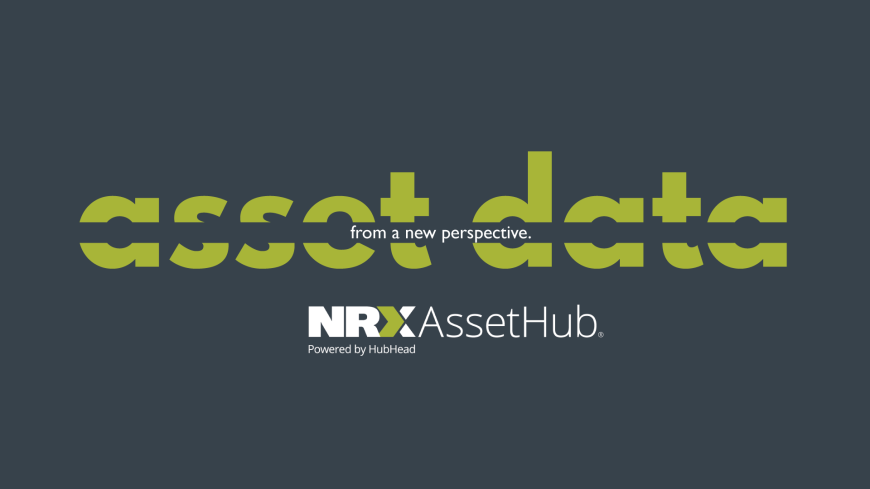Excel. You may use it, you may not. It is relatively easy, convenient, and cost-effective from the start. However, as your business and assets grow you will quickly leave those benefits behind. Continuing with Excel to manage your growing business will cost you more money than investing in an effective management solution to go alongside your EAM system. Viewing your asset data from a new perspective could improve the following issues…
Accuracy
With larger quantities of information, the increased likelihood of data errors is almost inevitable causing precious time to be wasted tracking and validating data. Excel’s lack of validation as well as the potential copy-paste errors make it easier to have mistakes pile up. It can be extremely challenging to spot and correct errors, especially with larger volumes of data. When loading inaccurate spreadsheet data into a CMMS system there can be numerous errors, making this simple task much more tedious.
No Real-Time Asset Data
Keeping your spreadsheet up to date is often a hassle. Without having data available as needed, it is impossible to make real-time, preventative decisions. There’s no audit trail, which makes it tough to manage data changes and sync the most recent versions of the spreadsheet.
Complex and limited data analysis
As your business grows, so does the number of spreadsheets and the amount of data they hold. Spreadsheets make it very difficult to predict equipment needs because with too much data it is complex to view what’s relevant. Even having to scroll to view all the data in one spreadsheet can be a headache. Thus, spreadsheets over complicate the planning process.
How does this affect you
As organizations grow, data in spreadsheet-based systems become more distributed and eventually the issues outlined above compound. It is not advisable for a large organization to keep using spreadsheets.
As an asset-intensive organization, you invest billions of dollars worldwide in Enterprise Resource Planning (ERP) and Enterprise Asset Management (EAM) systems to meet your maintenance and reliability goals. Many do fail to ensure that the data in these systems is accurate and accessible. Without an acceptable data foundation, your asset management systems will fail to support your business. It is simply not possible to be strategic, and continuously improve operations without assurance that decisions are based on data that is valid and fit for the purpose.
If you’re using spreadsheets to track your asset data, take a moment to consider the advantages and disadvantages of that approach. If it turns out that the variety of problems, limited functionality, reported weaknesses, and all the rest surpass the cost, deployment, and other advantages. You owe it to your business to consider a system designed from the ground up to help you get the most out of your asset data.
Asset data in a new perspective
If you are looking for an alternative way to view and utilize your asset data, we at NRX can help. Our solutions help our customers analyze, build, repair, optimize, manage and approve the data needed to achieve excellence in maintenance and operations. NRX AssetHub provides simplicity and control over maintenance process to find and visualize assets, equipment, and parts faster. If you would like to find the many other ways NRX AssetHub can help your business or would like to see a demo of how we can help you transition away from traditional data management approaches, we’d be more than happy!
Share this article

